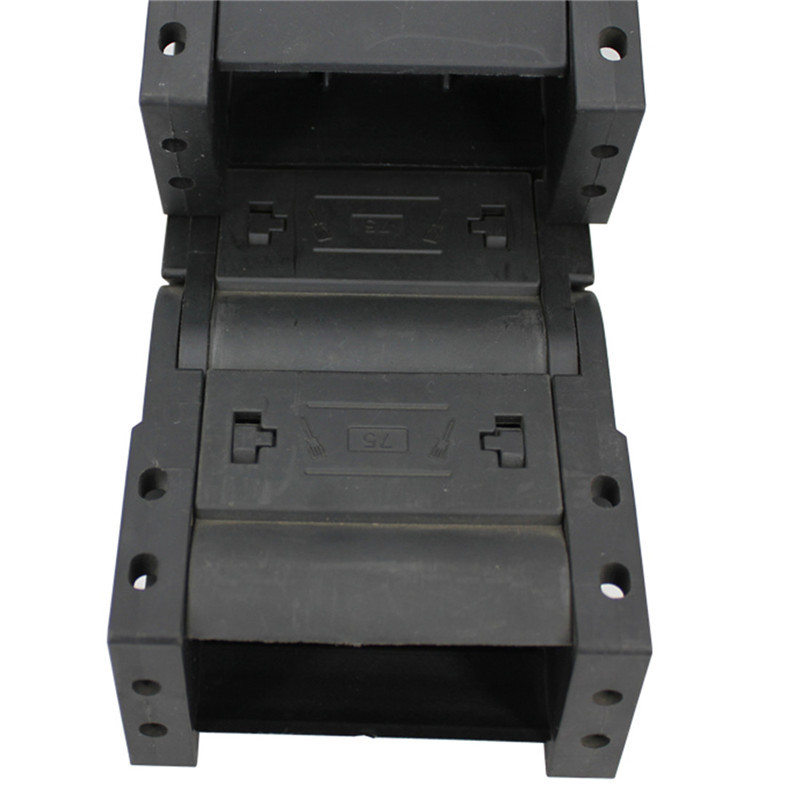chip conveyor cnc machine
Chip Conveyor in CNC Machines Enhancing Efficiency and Productivity
In the world of machining, efficiency and productivity are paramount. One of the vital components that contribute significantly to these goals in CNC (Computer Numerical Control) machines is the chip conveyor. This device plays an essential role in maintaining clean workspaces, ensuring uninterrupted operations, and ultimately enhancing the effectiveness of machining processes.
Understanding Chip Conveyors
Chip conveyors are mechanical devices designed to transport metal chips and debris generated during the machining process. These chips can vary in size and shape, depending on the materials being processed and the machining techniques employed. Traditionally, operators would manually clean these chips, a task that is not only labor-intensive but also poses safety risks and can lead to equipment downtime.
The integration of chip conveyors in CNC machines automates the removal of chips, ensuring that work areas remain clean and organized. This automation minimizes human intervention, allowing the operators to focus on more important tasks, such as machine monitoring and quality control.
Types of Chip Conveyors
There are several types of chip conveyors, each designed to cater to different machining environments and requirements
1. Apron Belt Conveyors These conveyors use a flat belt to transport chips from the machine to a designated collection point. They are known for their versatility and can handle a variety of chip sizes.
2. Screws Conveyors Also known as augers, these conveyors utilize a rotating helical screw to move chips along a trough. They are particularly effective for handling small chips and fine debris and are commonly used in environments that require frequent cleaning.
chip conveyor cnc machine

3. Magnetic Conveyors These systems utilize magnetic force to handle ferrous materials. They can efficiently transport metal chips without the need for a moving belt, making them ideal for high-capacity operations.
4. Drag Chain Conveyors These employ a series of interconnected chains that drag chips along a trough. They are robust and can handle heavy loads of larger chips, making them suitable for heavy-duty machining applications.
Benefits of Chip Conveyors in CNC Machines
- Increased Efficiency By automating the chip removal process, chip conveyors reduce machine downtime associated with manual cleanup. This enables CNC machines to operate at higher capacities, ultimately improving productivity.
- Enhanced Safety With less manual intervention required in the chip removal process, the risk of workplace accidents decreases. Operators can focus on monitoring and operating the machine rather than cleaning up, leading to a safer working environment.
- Improved Machining Quality A clean workspace reduces the risk of chip contamination in the machining area, which can adversely affect the quality of the final product. By ensuring that debris is consistently removed, chip conveyors help maintain high standards of quality.
- Cost-Effectiveness While the initial investment in a chip conveyor may seem significant, the long-term cost savings through increased productivity, reduced labor costs, and decreased machine wear make them an economically sound choice for many manufacturers.
Conclusion
As industries continue to seek ways to improve efficiency and reduce costs, the role of chip conveyors in CNC machining will only grow. Their ability to automate the chip removal process not only enhances productivity but also contributes to a safer and cleaner working environment. As technology continues to advance, we can expect further innovations in chip conveyor systems, leading to even greater efficiencies in CNC machine operations. Embracing such technologies is essential for manufacturers who wish to stay competitive in today’s fast-paced industrial landscape.








